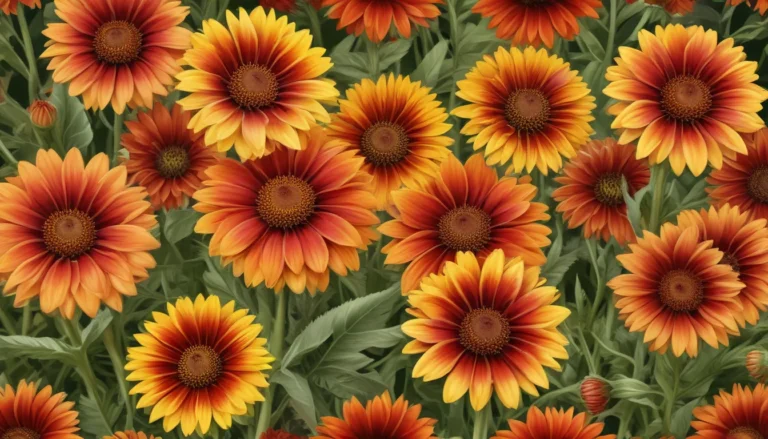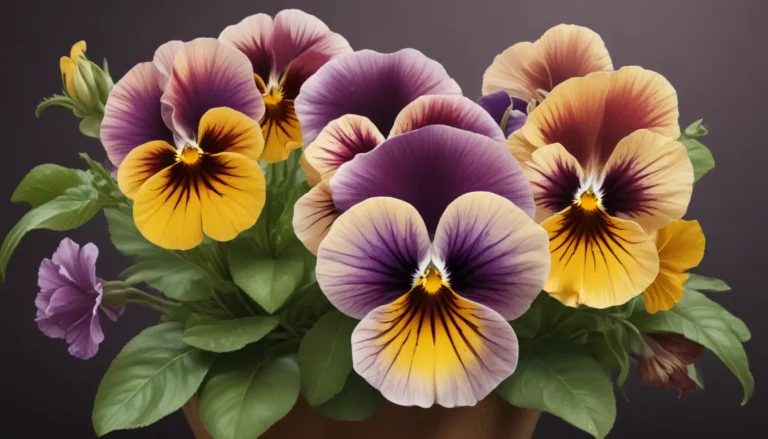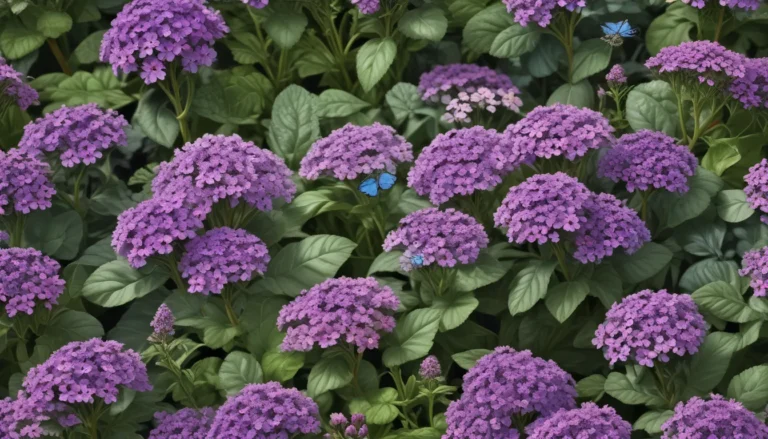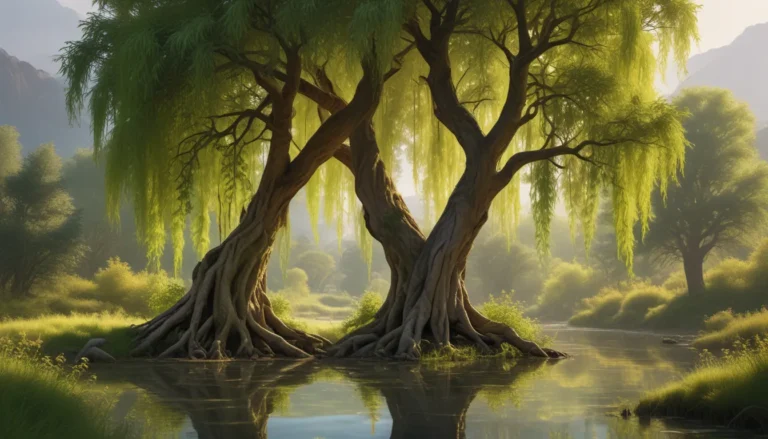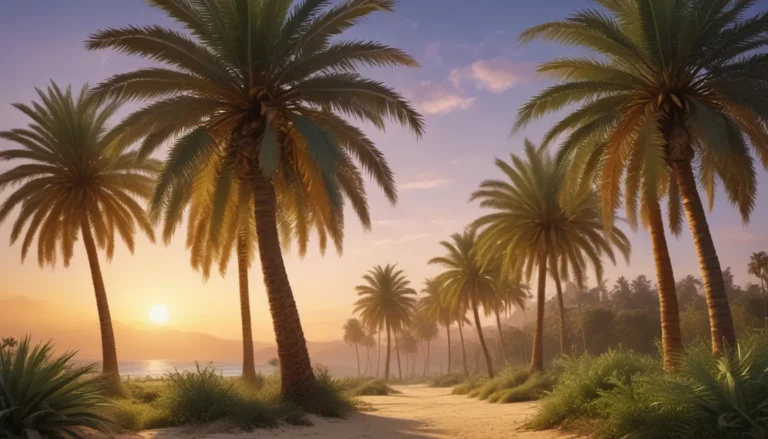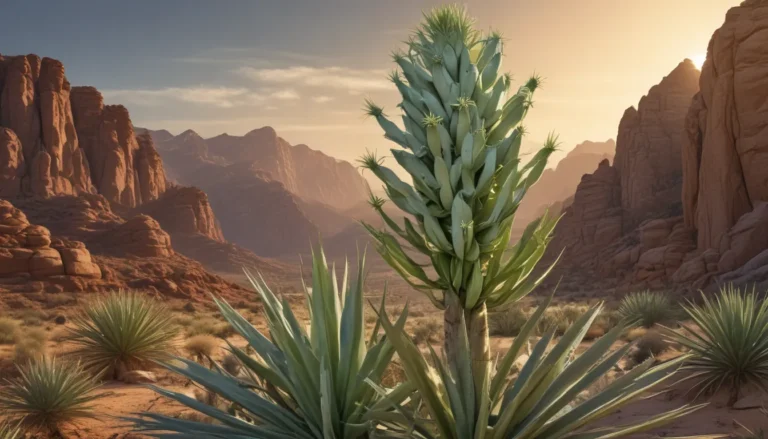The pictures we use in our articles might not show exactly what the words say. We choose these pictures to make you interested in reading more. The pictures work together with the words but don’t take their place. The words still tell you the important facts.
Are you a nature lover or a gardening enthusiast seeking to add a touch of vibrancy to your outdoor space? Look no further than Baptisia, commonly known as False Indigo, a captivating plant with a plethora of unique qualities. From its striking flowers to its historical significance, Baptisia has captured the hearts of many gardeners and herbal medicine practitioners. Join us on a journey to explore the enchanting world of Baptisia and uncover 17 fascinating facts about this remarkable plant.
The Allure of Baptisia: A Closer Look
- Baptisia, also known as “False Indigo”, is a diverse and low-maintenance plant native to North America. Its vibrant flowers attract pollinators and hold historical symbolism, making it a fascinating addition to gardens and landscapes.
- Baptisia is a genus of flowering plants in the legume family, Fabaceae, boasting over 40 species with a wide range of colors, including shades of blue, purple, yellow, and white.
- Native to North America, these beautiful plants are found in various regions, including the eastern and central parts of the United States, and have been naturalized in other parts of the world.
The Magic of Baptisia: Unique Traits and Benefits
- Baptisia plants are nitrogen-fixers, forming a symbiotic relationship with bacteria to convert atmospheric nitrogen into a usable form, enriching the soil.
- With a long blooming season, Baptisia delights gardeners from late spring to early summer, attracting pollinators such as bees and butterflies with its vibrant flowers.
- Low-maintenance and adaptable, Baptisia thrives in different soil conditions and once established, requires minimal care, making it an excellent choice for perennial gardens.
Unveiling the Versatility of Baptisia: Medicinal and Cultural Significance
- In traditional medicine, various parts of the Baptisia plant have been used for their medicinal properties, including anti-inflammatory and immune-stimulating effects, adding to its allure.
- Historically, Baptisia plants hold symbolic meanings in Native American cultures, representing purification, protection, and balance, enriching their cultural significance.
- Baptisia can be used for environmental restoration, thanks to its nitrogen-fixing abilities and deep taproot, contributing to soil health and biodiversity.
Growing and Propagating Baptisia: Tips for Success
- Baptisia can be propagated through seed or division, allowing gardeners to expand their collection by collecting seeds from mature pods or dividing established plants.
- Even after flowering, the attractive foliage of Baptisia continues to adorn the garden landscape, adding texture and beauty throughout the season.
- Deer-resistant and visually intriguing, Baptisia species boast unique seed pods and can even be used as a natural dye source, showcasing their diverse uses.
Embracing Baptisia in Your Garden: A Rewarding Experience
In conclusion, Baptisia, also known as False Indigo, is a captivating plant with a rich history and a plethora of benefits. Whether you are a seasoned gardener or a curious nature enthusiast, adding Baptisia to your garden will not only enhance its beauty but also contribute to soil health and ecosystem restoration. With its vibrant colors, pollinator-attracting flowers, and low-maintenance nature, Baptisia is a versatile and valuable addition to any outdoor space. So, why not explore the enchanting world of Baptisia and embrace the wonders of this remarkable plant in your own garden?
FAQs: Answering Your Burning Questions
- Q: How tall do Baptisia plants typically grow? A: Baptisia plants generally range from 2 to 4 feet tall.
- Q: What color flowers does Baptisia produce? A: Baptisia plants bloom in a wide range of colors, including blue, purple, yellow, and white.
- Q: When is the best time to plant Baptisia? A: Spring or fall is ideal for planting Baptisia, ensuring a strong root system before extreme temperatures.
- Q: How often should I water Baptisia plants? A: Baptisia is drought-tolerant once established, requiring regular watering for newly planted specimens.
- Q: Can Baptisia be grown in containers? A: While typically grown in the ground, Baptisia can thrive in containers with adequate space for its root system.
- Q: Are Baptisia plants deer resistant? A: Yes, Baptisia plants are generally deer-resistant due to their bitter taste and toxic compounds.
- Q: Can I divide my Baptisia plants? A: Yes, dividing Baptisia plants every three to five years in spring or fall promotes rejuvenation and healthy growth.
Was this page helpful?
At Gardening.org, our commitment to providing trustworthy and engaging content is paramount. Each fact is contributed by real users, ensuring a wealth of diverse insights and information. Our dedicated editors meticulously review submissions to maintain the highest standards of accuracy and reliability. Trust in our pledge to quality and authenticity as you discover the fascinating world of plants with us.

